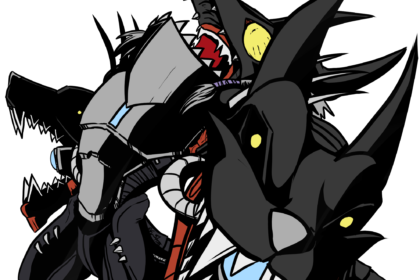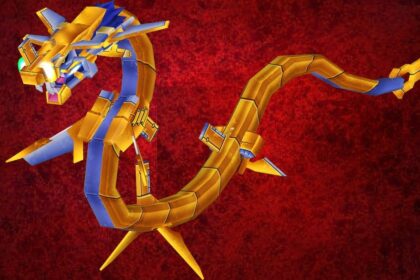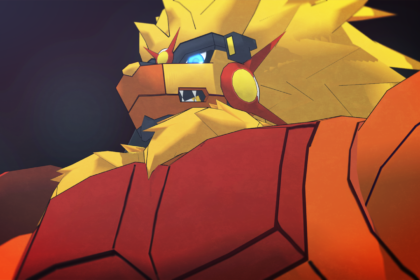Cape Verde, also known as Cabo Verde, is a nation on a volcanic archipelago off the northwest coast of Africa. It’s known for its Creole Portuguese-African culture, traditional morna music and numerous beaches. It’s biggest island, Santiago, is home to the current capital city of Praia. Take a look below for 30 more fun and interesting facts about Cape Verde.
1. It’s located in the central Atlantic Ocean, approximately 570 kilometers, or 350 miles, off the western coast of the African continent, near Senegal, The Gambia and Mauritania.
2. The islands are divided into two groups. The first group consists of the Barlavento Islands, or the windward islands, of Santo Antão, São Vicente, Santa Luzia, São Nicolau, Sal and Boa Vista. The second group of islands consists of the Sotavento Islands, or leeward islands, of Maio, Santiago, Fogo and Brava.
3. Santiago is the archipelago’s biggest island, both in size and population.
4. Praia, the capital city of Cape Verde, is on the southern coast of Santiago Island. It’s the island’s ferry port and is home to the nation’s four international airports.
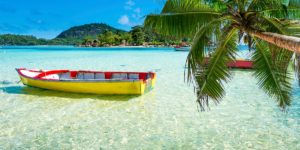
5. Pico do Fogo is the highest peak of Cape Verde, rising to 2,829 meters, or 9,281 feet, above sea level. It’s an active stratovolcano lying on the island of Fogo. The main cone last erupted in 1675, causing mass emigration from the island.
6. The Pedra de Lume crater is around 900 meters in radius and is actually an extinct volcano. The area has salt evaporation ponds built over a natural salt lake that formed through infiltration of water from the sea, since the base of the brater is below the sea level, which forms the lowest point in Cape Verde.
7. Pedra de Lume saltworks were listed to become a UNESCO World Heritage Site in 2004, but it never became one and still remains on the tentative list.
8. The town of Ribeira Grande, renamed Cidade Velha in the late 18th century, was the first European colonial outpost in the tropics. It’s located south of Santiago and features some of the original street layout.
9. Before the arrival of the Europeans, the Cape Verde Islands were uninhabited. The islands of the Cape Verde archipelago were discovered by the Genoese and Portuguese navigators around 1456.
10. According to official Portuguese records, the first discoveries were made by Genoa born Antonio de Noli, who was appointed governor of Cape Verde by Portuguese King Alfonso V.
11. The name of the islands originates from the Cap-Vert peninsula in West Africa.
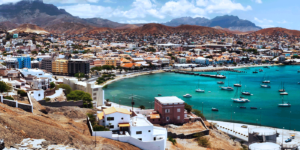
12. It remained under Portuguese control until 1975. The island use to be a trading center for African slaves and a resupply and coaling stop for whaling and transatlantic shipping.
13. In 1876, the slave trade was abolished on the island.
14. Santiago, Fogo and Santo Antao are the islands that see the most rainfall while Sal, Boa Vista, and Maio see almost no rainfall.
15. Santo Antao is the second biggest island in the archipelago. The island is popular with hikers as it has the perfect terrain for hikers willing to test their endurance and skills on an isle that’s ruptures with canyons, valleys and gorges.
16. Charles Darwin once visited Cape Verde. He almost spent 21 days on the islands.
17. Christopher Columbus visited the island of Boa Vista in 1498.
18. The nation’s expatriate population is bigger than its domestic population because of the repeated droughts that the country experienced during the second half of the 20th century, leading to many people emigrating to Europe.
19. It’s estimated that the islands have one goat for every two people.
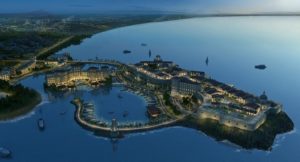
20. In Cabo Verde, the President is the head of state while the Prime Minister is the head of the government.
21. Since the early 1990s, Cape Verde has been a stable representative democracy, and remains one of the most developed and democratic countries in Africa.
22. Cape Verde has few natural resources Only 5 of the 10 main islands support any significant agricultural production, and about 75% of all food consumed in Cape Verde is imported.
23. Many tourists enjoy diving and snorkeling in Cape Verde because there are many known reefs, several shipwrecks and sharks to be seen.
24. The official unit of currency is the Cape Verdean Escudo, which is made up of 100 centavos.
25. The archipelago has a small museum that’s dedicated to preserving the memory of freedom fighter Amilcar Cabral, who helped lead an independence movement for Cabo Verde and Guinea-Bissau and was assassinated in 1973.
26. Culturally, the Barlavento islands identify more with the Portuguese colonizers while the Sotavento islands identify with other Africans.
27. The long-eared bat is the only native animal to the island.
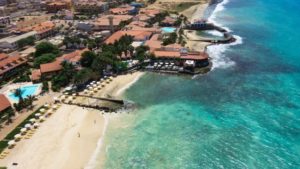
28. Sal, one of the windward islands of the archipelago, sees more tourists than any other island in the archipelago.
29. Sugar cane liquor is a popular drink on the islands, especially among men.
30. There are approximately 1,200 active personnel in Cape Verde’s military.


